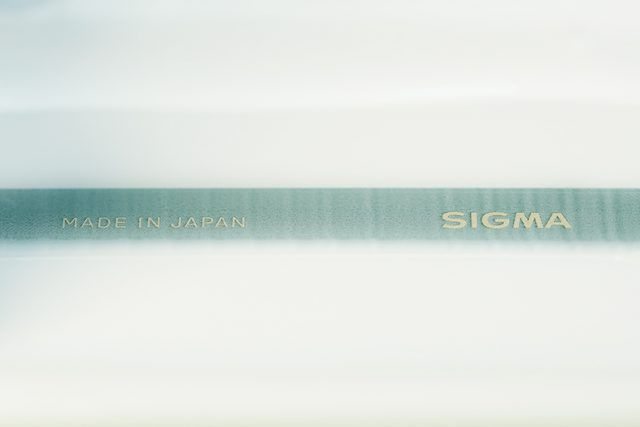Subsection Head of 1st Printing Section, Plastic Molding DepartmentKatsuhiko Makino
I joined SIGMA exactly twenty years ago this year. Before, I had been working in an ironworks in Chiba Prefecture, but since I was born in the Aizu region and had planned to live and work there someday, I was happy to start working for SIGMA. It was a time when companies in Japan were not hiring a lot of new workers in general. I believe I must have just made the cut. (laughs)
I have only worked in the printing department since I joined. Printing is a peculiar kind of work, it does not fit everybody equally. Luckily, I have not had any problems with my work here. Since we moved to a new factory, the work environment has become brighter and easier to work in, too.
In my work, I mostly operate screen printing and pad printing machines. The expertise needed to use them does not change all that much even with brand-new models, and the work itself is not the most difficult to do, either. However, printing on any single part involves a range of processes, and remembering these steps and setups took a lot of work. There are 50 to 60 types of lenses that we work with, and more than 300 different parts. The work would be rather easy if we always printed on the very same component, but days on which we need to change the setup all the time can be quite exhausting.
The final steps of parts manufacturing
Printing with utmost attention to detail
To an extent, with enough experience knowing how much force to apply almost becomes a kind of instinct. But there will always be mistakes due to tiny misalignments or very minute mismatches in the ink amount. If you wipe off the ink, you might remove the paint as well, and even though you could repaint over and over until you get it right, you end up affecting the thickness of the coating, which then impedes the subsequent assembly of the parts. I feel a responsibility in my work which extends beyond my department; we are responsible for how well the final steps of the parts manufacturing process will go.
Even if the printing process itself is going smoothly, the ink may be wrongly positioned or not the correct color, which means the part you printed on cannot be used. We need to pay a lot of attention so that the parts just click into place during the subsequent assembly process.
In recent years, the design of body parts and lenses has become a bit simpler and the amount of different colors has been reduced, too, which has made our job a little more relaxing (laughs). However, some of the paints we work with are gloss types that are complicated to use, and printing on leather-like surfaces is almost like handwriting on uneven surfaces, so the job does still have its difficulties. It is very important to check the quality of each individual print with your own eyes.
After twenty years, there are people in my department with whom I have worked for as long as my own son has been alive. I would like to continue spending my working days paying utmost attention to detail, surrounded by friends and coworkers which have come to feel like a family to me.
Katsuhiko Makino
Katsuhiko Makino was born in Aizuwakamatsu in Fukushima Prefecture in 1973. He has been with SIGMA since 1998.
“I used to watch my son’s soccer matches every weekend, but after he graduated I have started running marathons. I guess I try to run away from the loneliness (laughs).”

Episode in Aizu
Mr. Makino has been working in SIGMA’s printing department for 20 years. He always does his work very thoughtfully and considerately. Last year, he changed to half-automatic printing machines, which allowed us to increase both our productivity and our products’ quality. He has also begun focusing on workplace education and does trainings regarding quality judgment and setups almost daily. We are looking forward to seeing as many successors as possible to grow, as quickly as possible. (Head of Plastic Molding Department, Hiroshi Shirai)